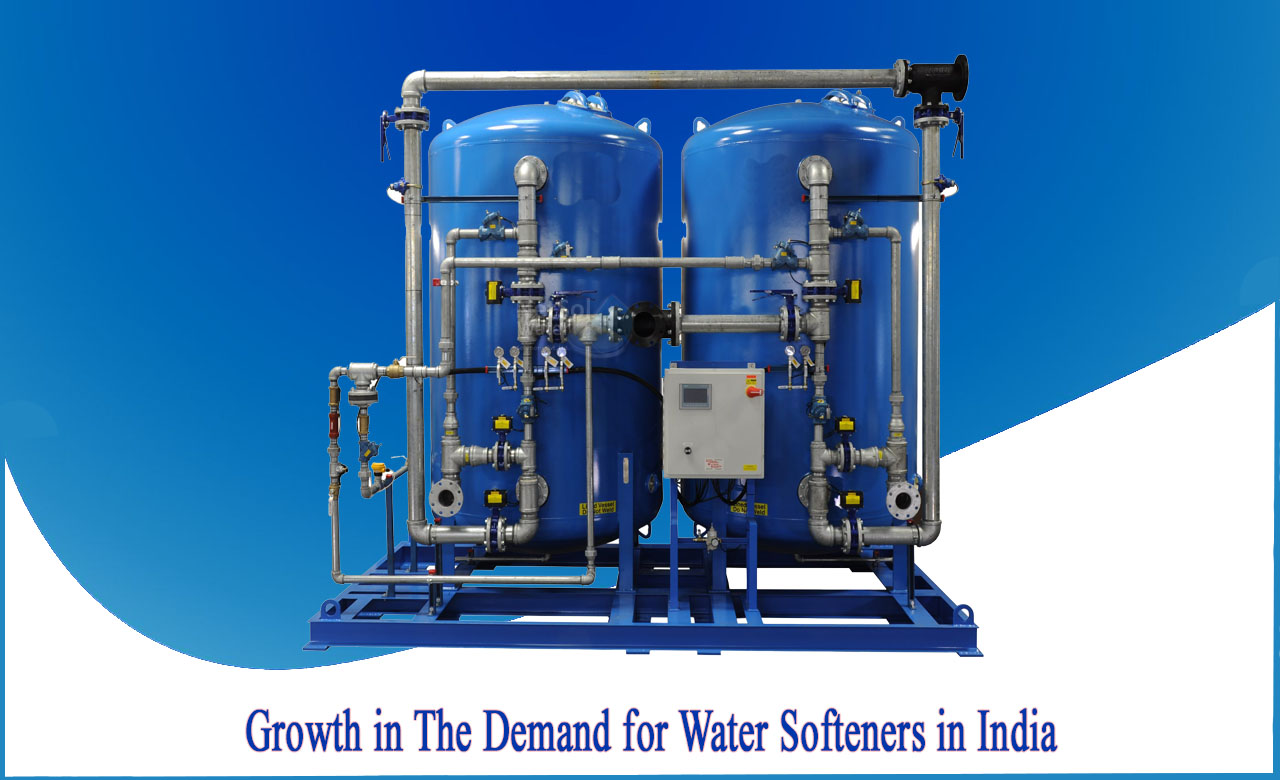“Growing awareness of the importance of soft water, as well as expanding industrial and commercial sectors, will drive the water softeners market in India through 2026.”
"India Water Softeners Market by Type, by End Use Sector, Competition Forecast & Opportunities, and 2012 – 2026" assesses the future growth potential of the Indian water softeners market and provides statistics and information on market size, structure, and market trends. The report's goal is to provide cutting-edge market intelligence and assist decision-makers in making sound investment decisions. In addition, the report identifies and analyses emerging trends, as well as key drivers, challenges, and opportunities in the Indian water softeners market.
According to a TechSci Research report titled "India Water Softeners Market by Type, by End Use Sector, Competition Forecast & Opportunities, 2012 – 2026," the water softeners market in India is expected to grow at a CAGR of more than 15% between 2017 and 2026. Growth in municipal sector water treatment, expanding chemical industry, and rising residential use of water softeners are expected to drive the market during the forecast period. The country's power sector's continued growth is also one of the major factors driving demand for water softeners in the industrial segment.
What is the Growth rate of Water Softener in India?
- Rising awareness of the negative effects of hard water, combined with technological advancement, is propelling the Indian Water Softener market forward.
- The Indian Water Softener Market report will provide a detailed analysis of the market's key players' strengths, weaknesses, and opportunities.
- The market's growth is being hampered by high costs and a lack of awareness.
Due to increased construction activities such as hotels, restaurants, and townships that use water softeners, the commercial end use sector captured a majority share of the market. Water softener demand is expected to rise in the coming years as the commercial sector expands.
The industrial sector received the second-largest share, followed by the residential sector, owing to increased use of water softeners to prevent equipment damage and growing public awareness of the harmful effects of hardwater, respectively.
In terms of region, the country's southern region leads the market due to the presence of major chemical, fertiliser, oil and gas, and paper industries.By 2050, the country intends to add 600GW to 1,200GW of new power generation capacity. Another important factor driving demand for water softeners is rising residential and commercial space demand, which is increasing at a rapid pace due to rising urbanisation and a growing population of 1.3 billion people.
CONCLUSION
Water softeners are primary filtration units that convert hard water to soft water. Water softeners use chemical and physical methods to remove calcium and magnesium from water in a controlled manner, thereby reducing the negative effects of hard water in the end-use application.
The major factors driving the market's growth are rising awareness of the negative effects of hard water and technological advancement. High costs and a lack of awareness in rural areas about the effect of hard water on appliances and the benefits of water softening systems are posing challenges to the market's growth during the forecast period 2020-2025. Furthermore, rising disposable income and R&D advancements boost overall market demand for water softeners during the forecast period 2020-2025.




